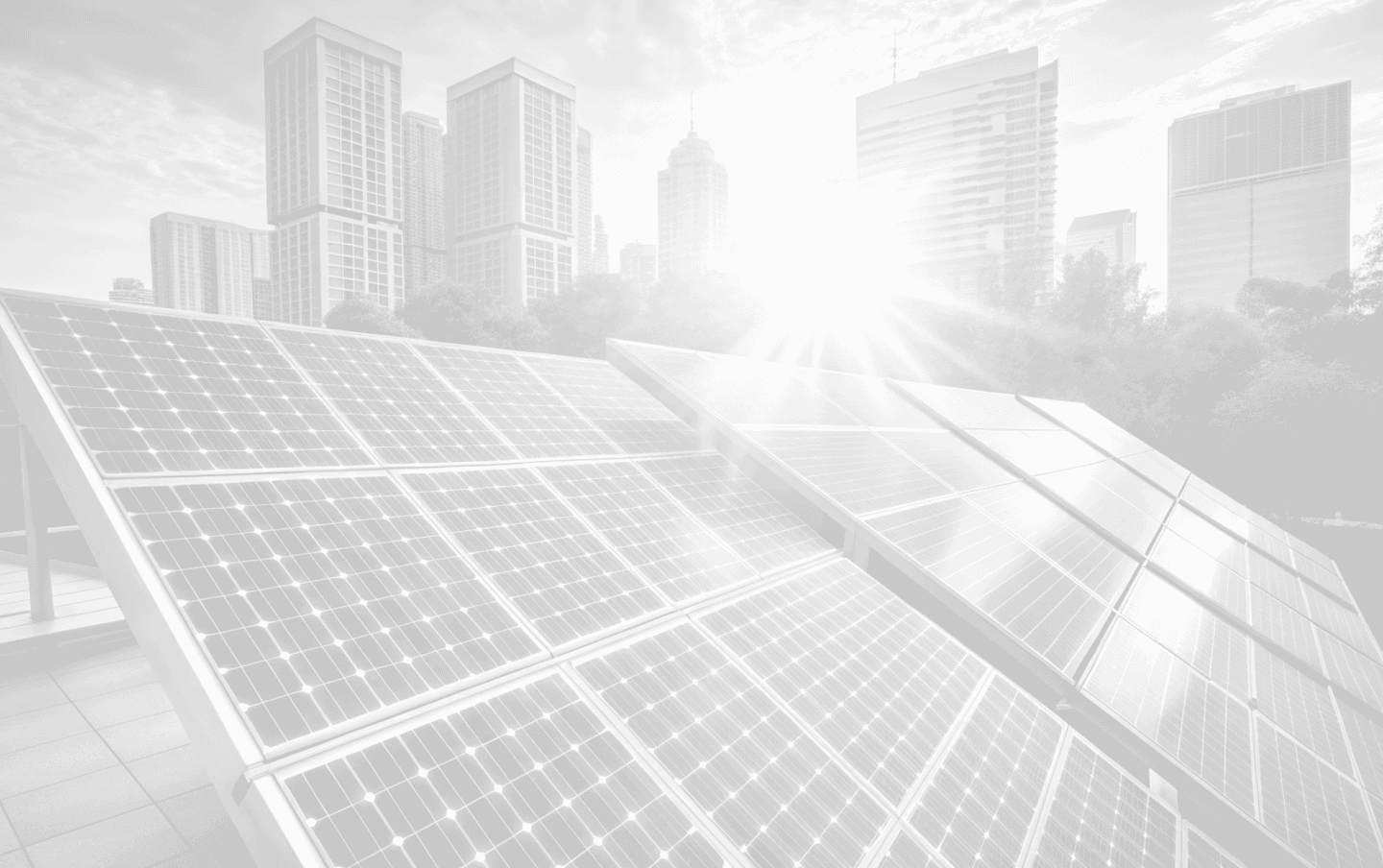
What is a Solar Panel? What is its Use?
October 01, 2025 published on
The question “What is a solar panel?” is an important one for those interested in eco-friendly energy solutions. As one of the leading renewable energy technologies, solar panels have become a cornerstone of sustainable living.
Solar panels are devices that convert sunlight into electricity. They are widely used in residential, commercial, and industrial applications, making them one of the most effective solutions for clean energy production.
What is a Solar Panel?
A solar panel is a technological device that directly generates electricity from sunlight. These panels are primarily made up of photovoltaic (PV) cells. PV cells are manufactured from semiconductor materials that convert light energy into electrical energy. The most commonly used semiconductor is crystalline silicon.
In solar panel manufacturing, both monocrystalline and polycrystalline silicon are preferred due to their durability and efficiency. Each panel consists of glass, a metal frame, and a protective back layer to withstand harsh weather conditions and ensure long-lasting performance.
What Are Solar Panels Used For?
The question “What are solar panels used for?” is frequently asked by individuals and businesses seeking sustainable energy solutions. The main uses include:
•Powering homes and businesses: Rooftop solar panels provide independent electricity production, enabling users to reduce reliance on the grid.
•Reducing energy costs: While the initial investment may be high, solar panels significantly lower electricity bills in the long run, especially for businesses with high energy demand.
•Eco-friendly energy production: Solar panels reduce fossil fuel consumption and carbon emissions, contributing to a cleaner environment.
•Energy independence: Individuals and organizations producing their own electricity are less affected by energy crises, price fluctuations, or grid failures.
How Are Solar Panels Made?
The question “How are solar panels made?” often arises among those curious about the technology. Manufacturing a solar panel involves advanced engineering and high-quality materials.
Main Materials Used:
Silicon wafers (monocrystalline or polycrystalline)
Tempered glass
Aluminum frame
EVA (ethylene-vinyl acetate) layers
TPT or glass backsheet
Electrical cables and diodes
Production Steps:
Preparing silicon wafers from high-purity silicon.
Producing photovoltaic cells through processes such as surface texturing, anti-reflective coating, and creating metal contact points.
Assembling and laminating the cells between glass and EVA, adding aluminum frames, and completing electrical connections.
Conducting efficiency and durability tests before panels are distributed.
This results in a durable, eco-friendly, and long-lasting product capable of meeting both residential and industrial energy needs.
Where are Solar Panels Used?
Solar panels have a wide range of applications, including:
•Residential rooftops: Ideal for powering homes, reducing energy bills, and even selling excess power to the grid.
•Agriculture and irrigation systems: Used for pumping water, greenhouse lighting, and operating agricultural machinery, especially in remote rural areas.
•Factories and industrial facilities: Large-scale solar installations help reduce energy costs and carbon footprints.
•Transportation: Solar-powered cars, boats, and even aircraft are being developed by integrating solar panels into their surfaces.
•Portable devices: Foldable panels, solar power banks, and portable systems are popular for camping, outdoor activities, and emergency use.
Advantages and Disadvantages of Solar Panels
Like every technology, solar panels have both benefits and limitations.
Advantages:
•Renewable and eco-friendly: Solar energy is unlimited, produces no harmful emissions, and reduces carbon footprints.
•Cost savings: After the initial investment, electricity bills decrease significantly. Most systems pay for themselves within 5–7 years.
•Energy independence: Users can reduce reliance on the grid and enjoy uninterrupted electricity even in power outages.
•Government incentives: Many countries offer tax benefits, subsidies, or low-interest loans for solar energy investments.
•Durability and long lifespan: High-quality solar panels can last 25 years or more with proper care.
Disadvantages:
•High upfront cost: Initial installation, inverters, and batteries can be expensive.
•Dependent on sunlight: Cloudy weather, shading, or winter months can reduce efficiency.
•Energy storage cost: Off-grid systems require batteries, which are costly and have limited lifespans.
•Space requirements: Large installations need significant roof or land area without shading.
•Maintenance needs: Regular cleaning and inspections are required for maximum efficiency.
Overall, the advantages of solar panels greatly outweigh the disadvantages, making them one of the most promising renewable energy solutions for the future.